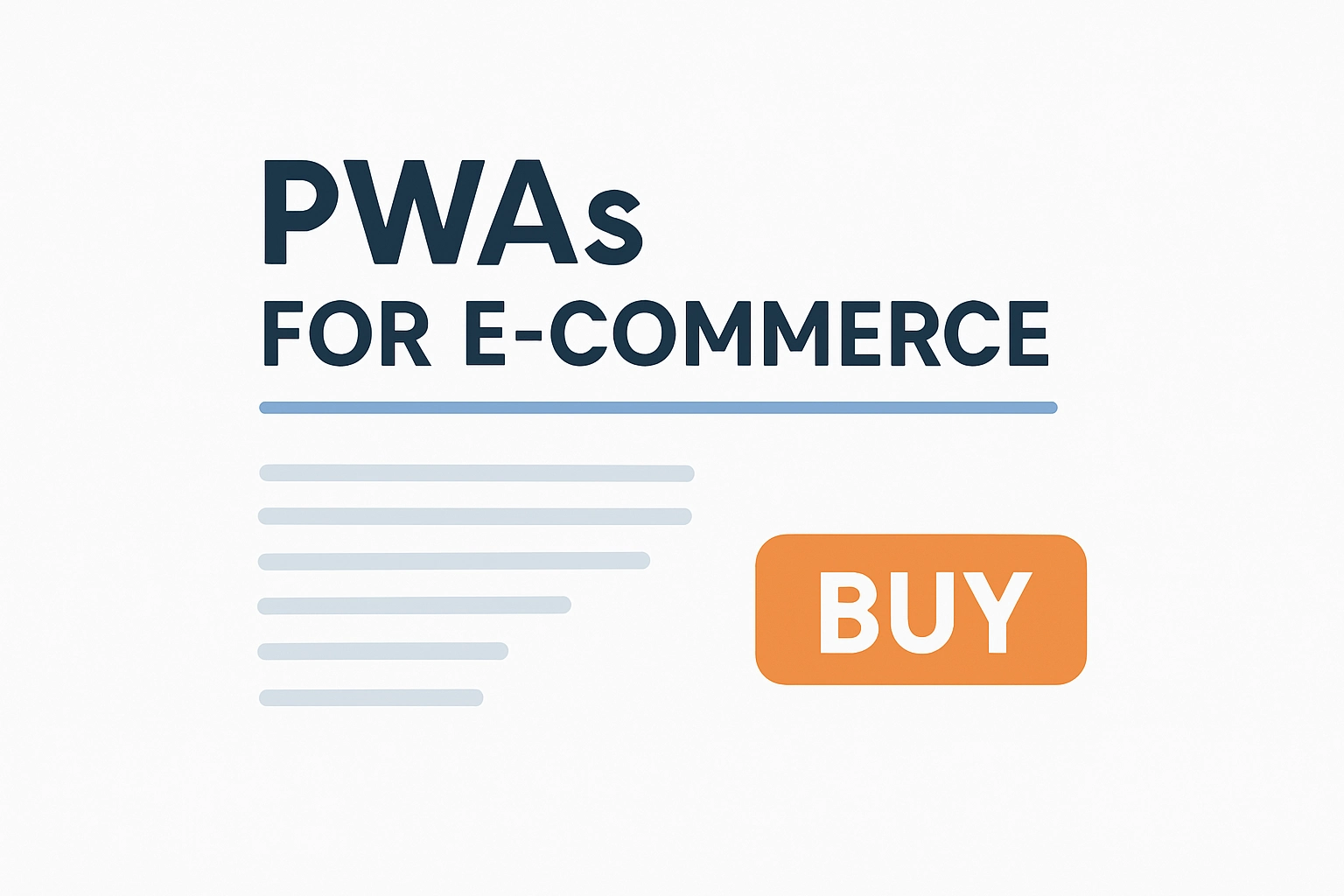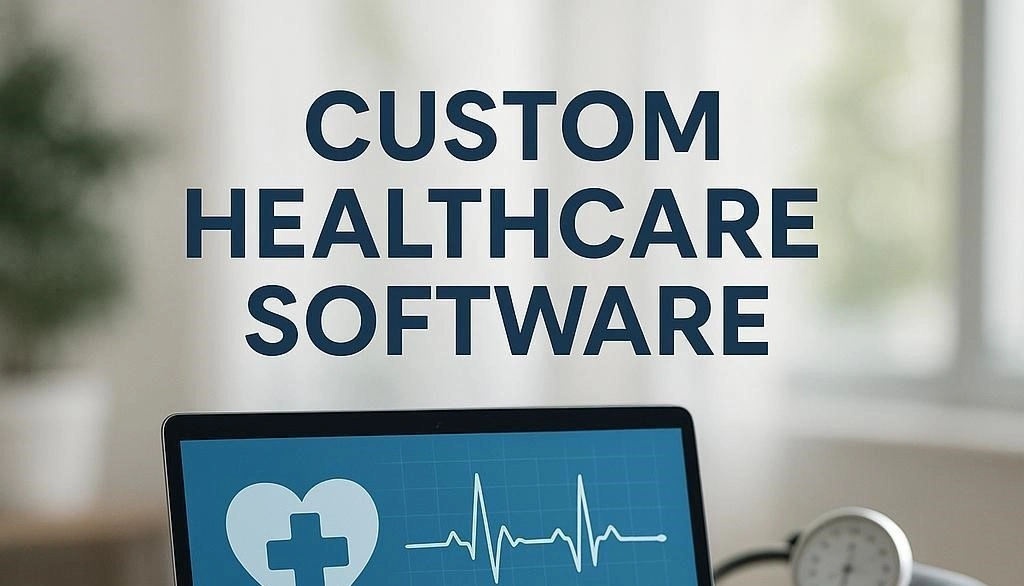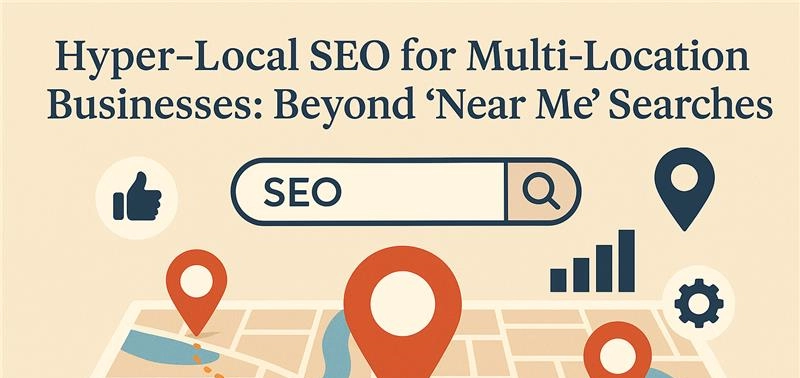Benefits Of Web Application
20 May 2024A web application is a software application which runs on web servers and can be accessed through web browsers. These applications utilize a client-server model. A client-server model is one where the web browser on the client side (user's device) is able to interact to request and receive data or perform specific actions. The server-side is responsible for processing the user requests, executing business logic, and retrieving or manipulating data from databases or other resources. The client-side handles the presentation and user interaction, rendering the web pages and handling user input.Few examples of web applications are e-commerce platforms, social media sites, project management tools, online banking systems, and collaborative software.
There Are Numerous Benefits Of Web Applications
- Accessibility: Web applications are accessible from any device with a web browser and an internet connection. This flexibility allows for easy access and usage across various devices.
- Cross-Platform Compatibility: Web applications are developed using standard web technologies like HTML, CSS, and JavaScript. As a result, they can run on different operating systems (Windows, macOS, Linux).
- Easy Updates and Maintenance: With web applications, updates and maintenance can be centrally managed on the server side. Users do not need to update their application installations. This simplifies the update process, reduces compatibility issues, and improves security.
- Lower Costs: Web applications often have lower development and maintenance costs compared to traditional desktop applications. Since web applications are accessed through a web browser, there is no need to develop and distribute separate versions for different platforms.
- Scalability: Web applications can easily scale to accommodate growing user demands as they are able to handle increased traffic and user loads. This scalability ensures that the application remains accessible and responsive, even during periods of high demand.
- Seamless Collaboration and Sharing: Web applications enable seamless collaboration and data sharing among users. Multiple users can access and interact with the application simultaneously, making it ideal for team collaboration, project management, and document sharing.
- Real-Time Updates and Notifications: Web applications can provide real-time updates and notifications to users. They can push notifications to users' devices, alerting them about new messages, updates, or relevant information. This real-time communication keeps users informed and engaged with the application, enhancing the user experience.
- Analytics and Insights: Web applications can track user interactions, collect data, and provide valuable insights through analytics tools. Developers can analyze user behavior, identify trends, and gather feedback to improve the application's performance, usability, and features. These insights can inform decision-making and help optimize the user experience.
Overall, web applications are powerful tools for delivering a wide range of services and functionalities to users, with many benefits.




